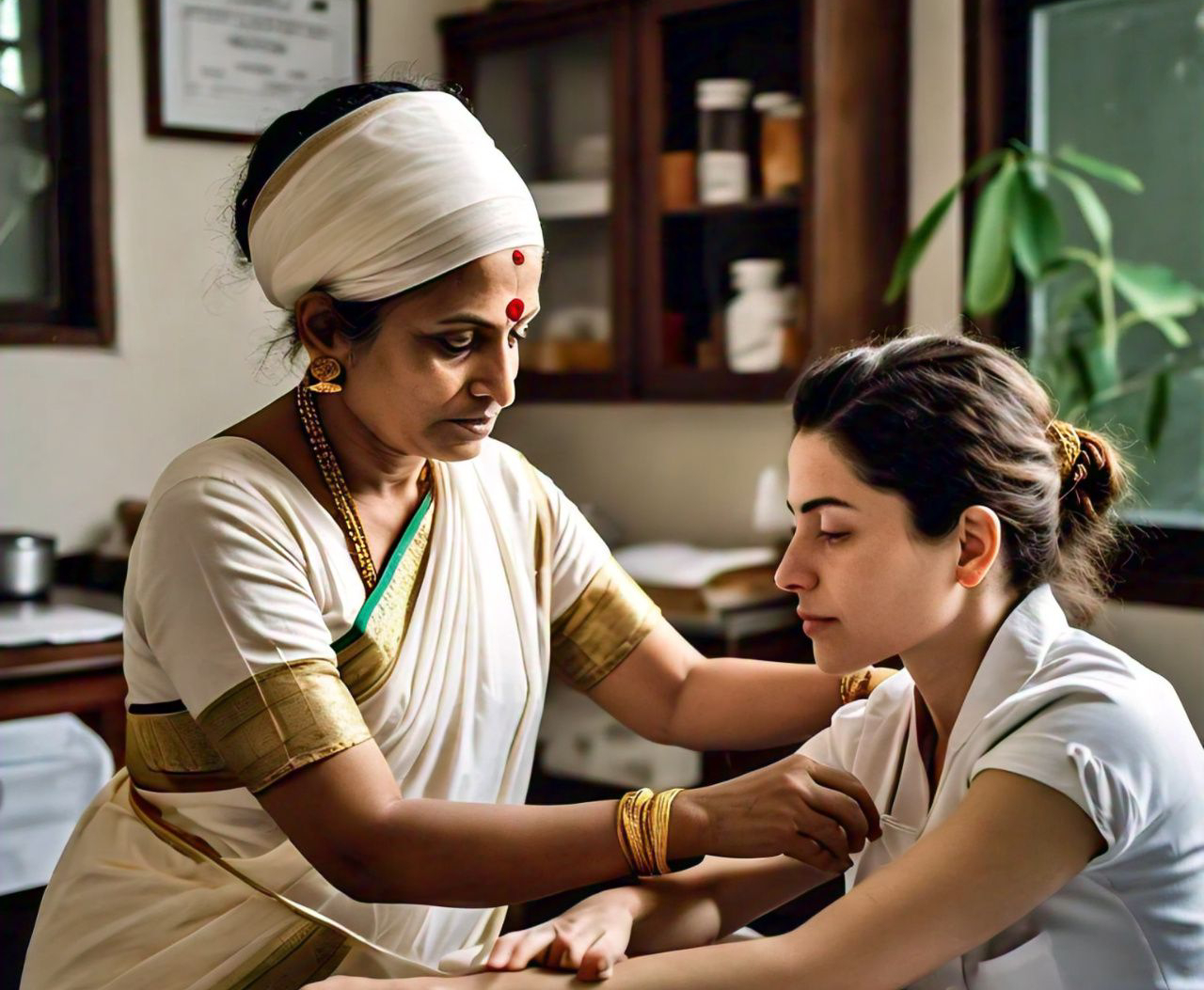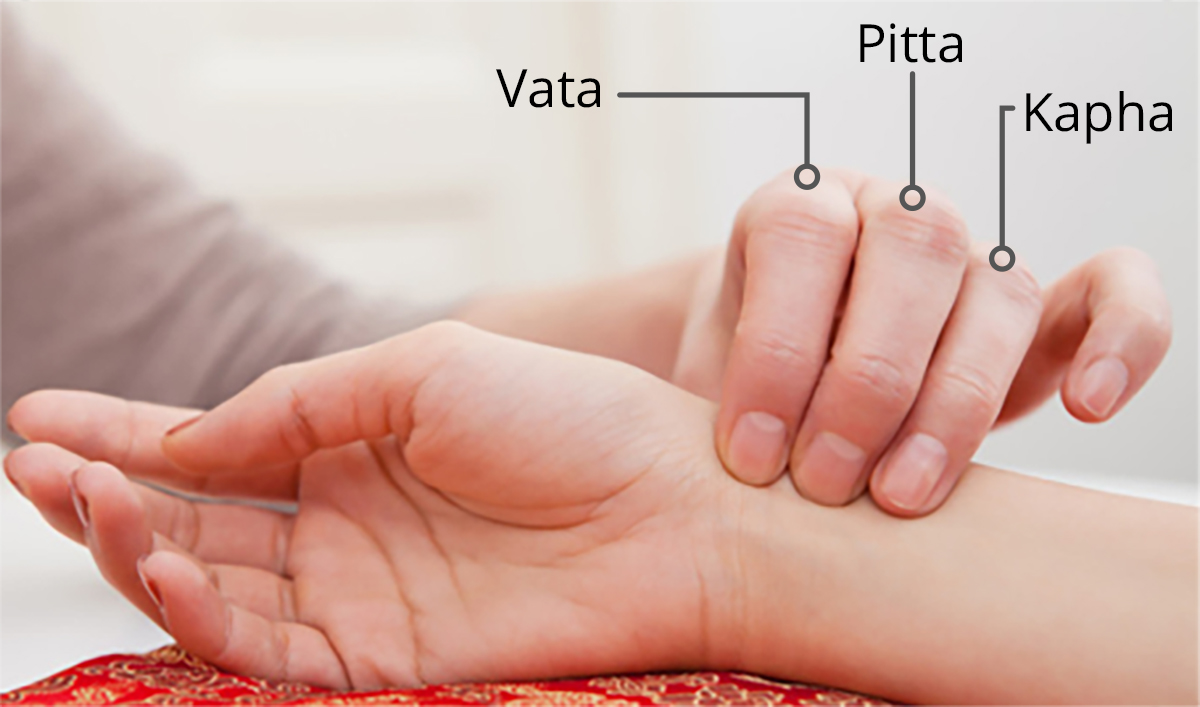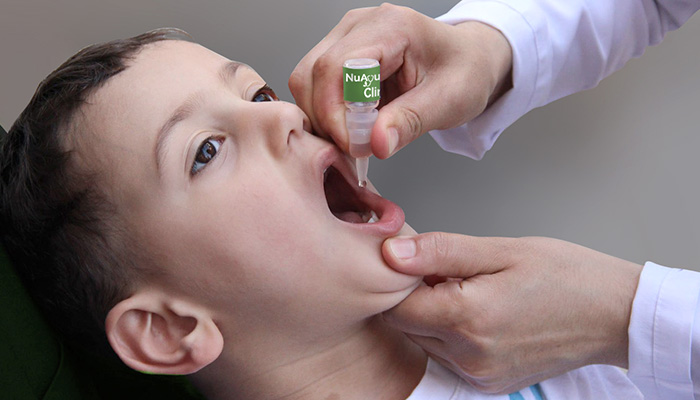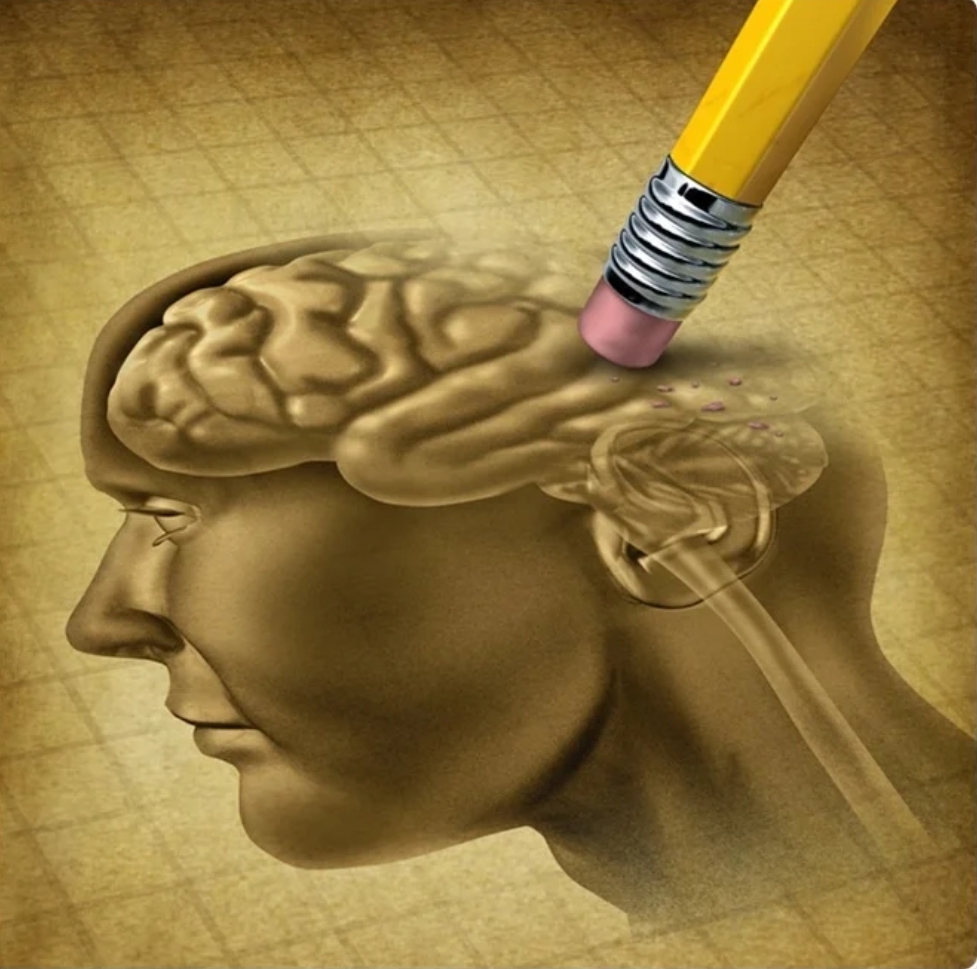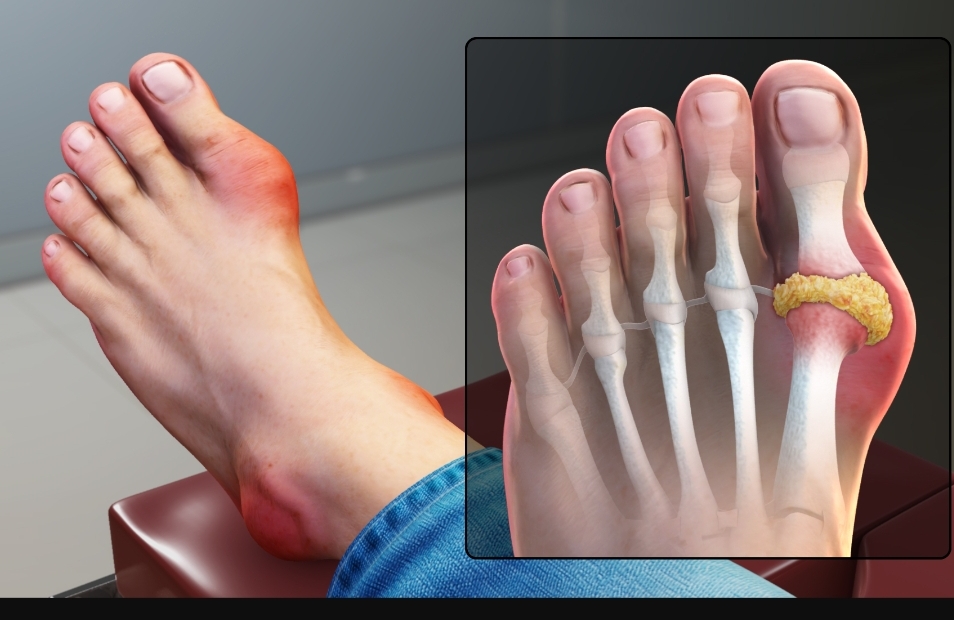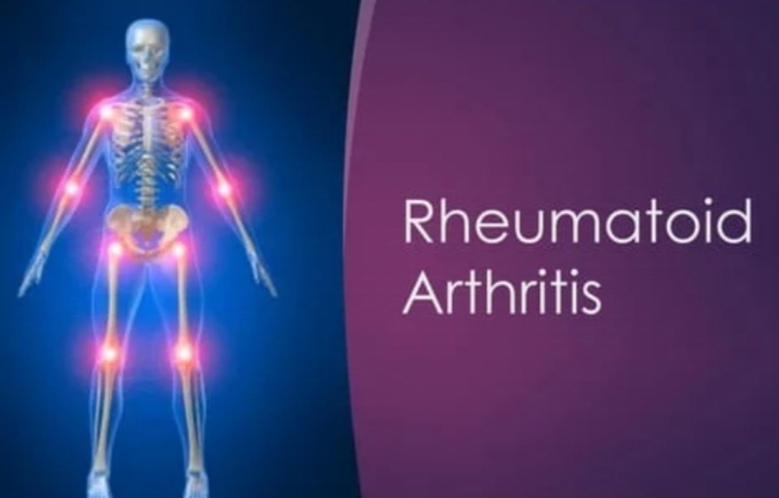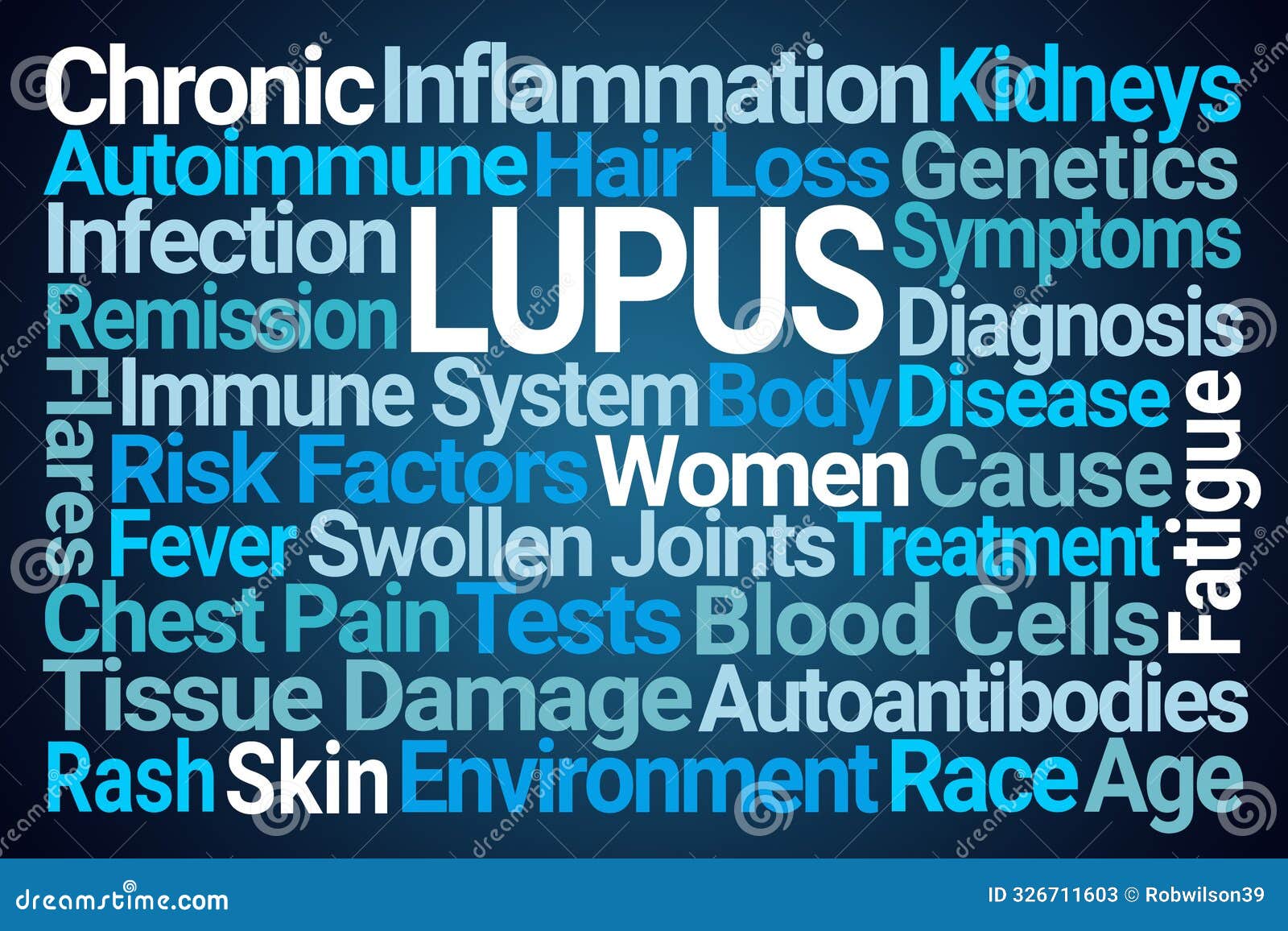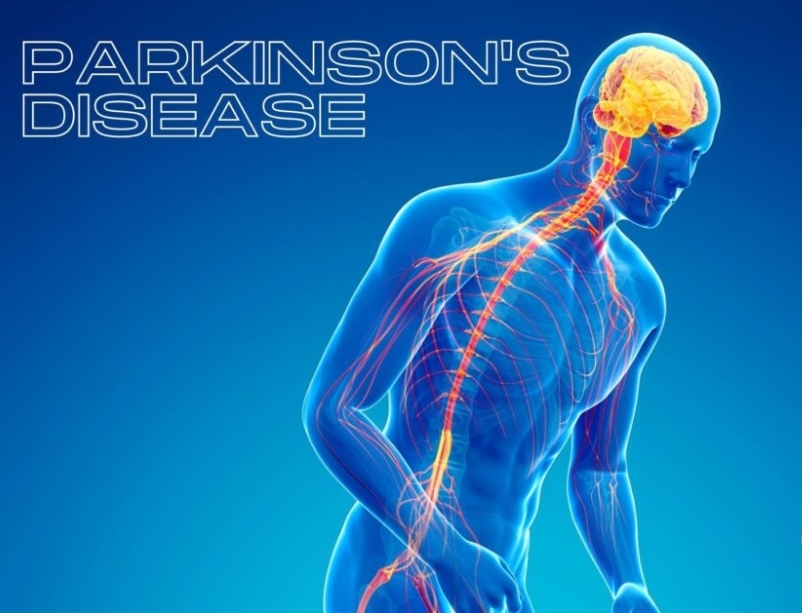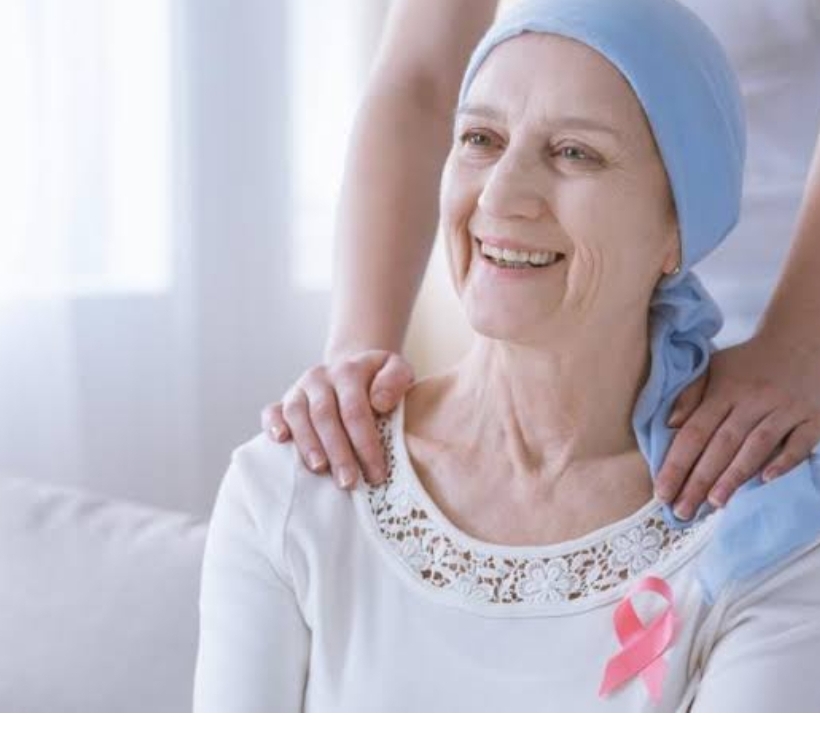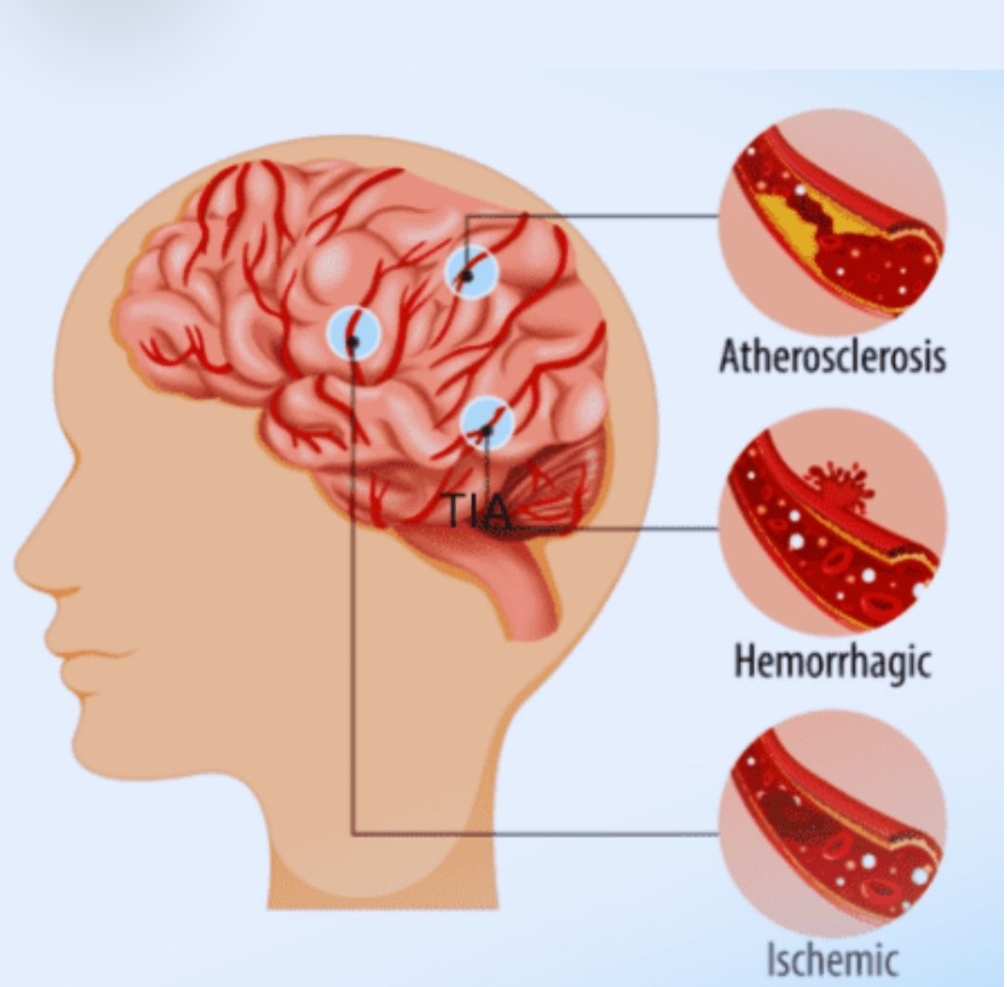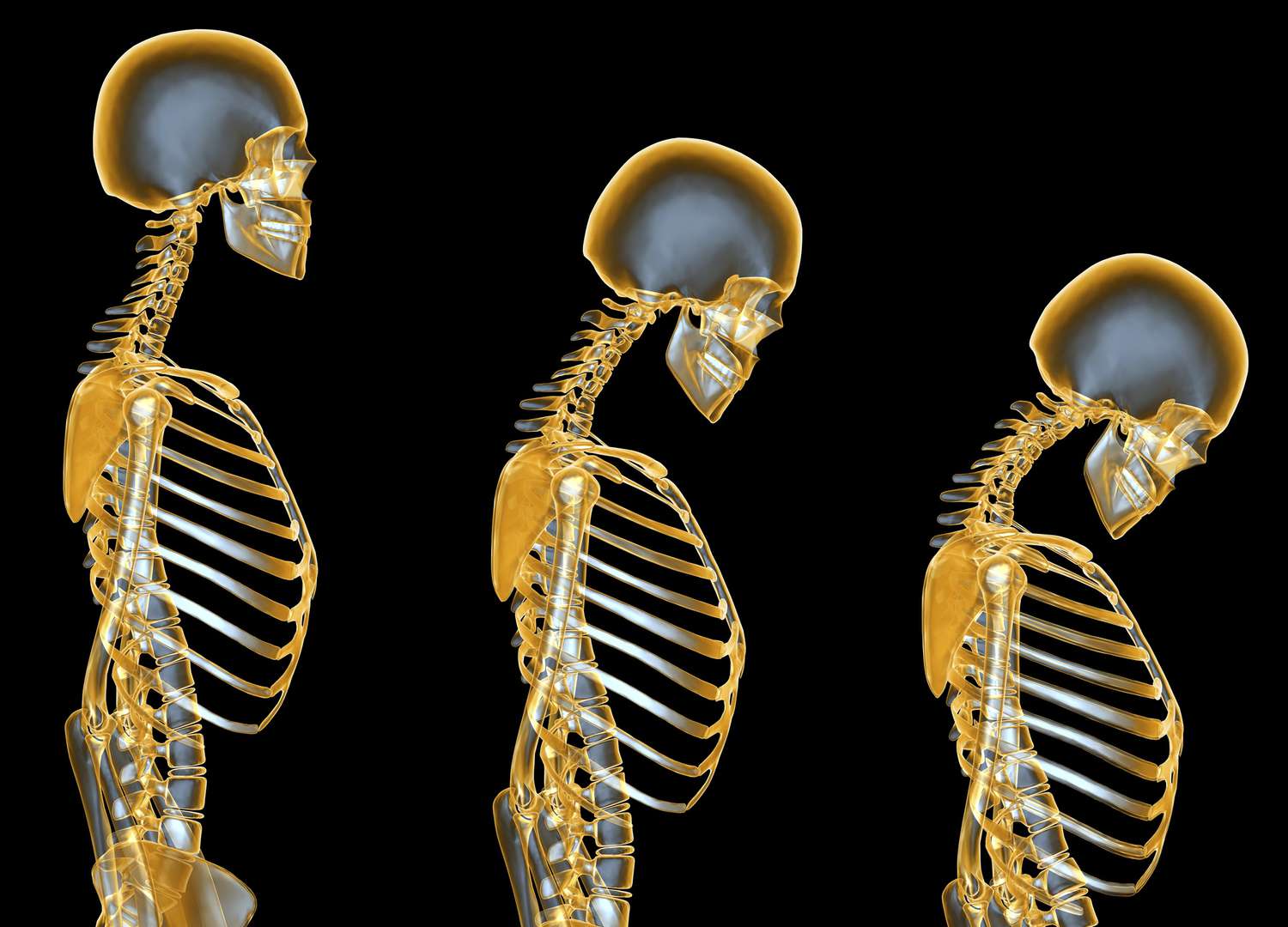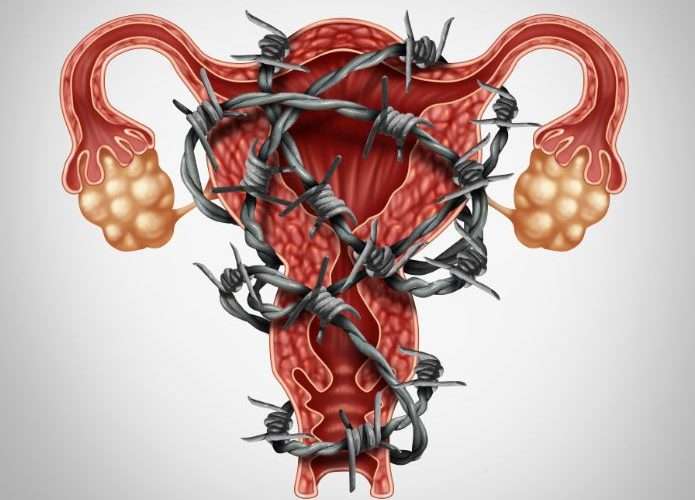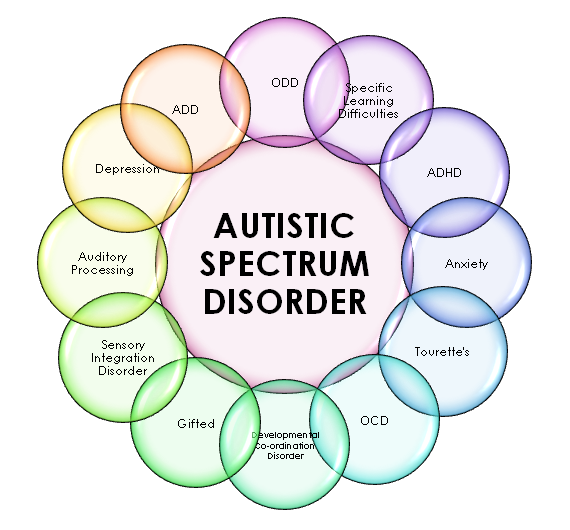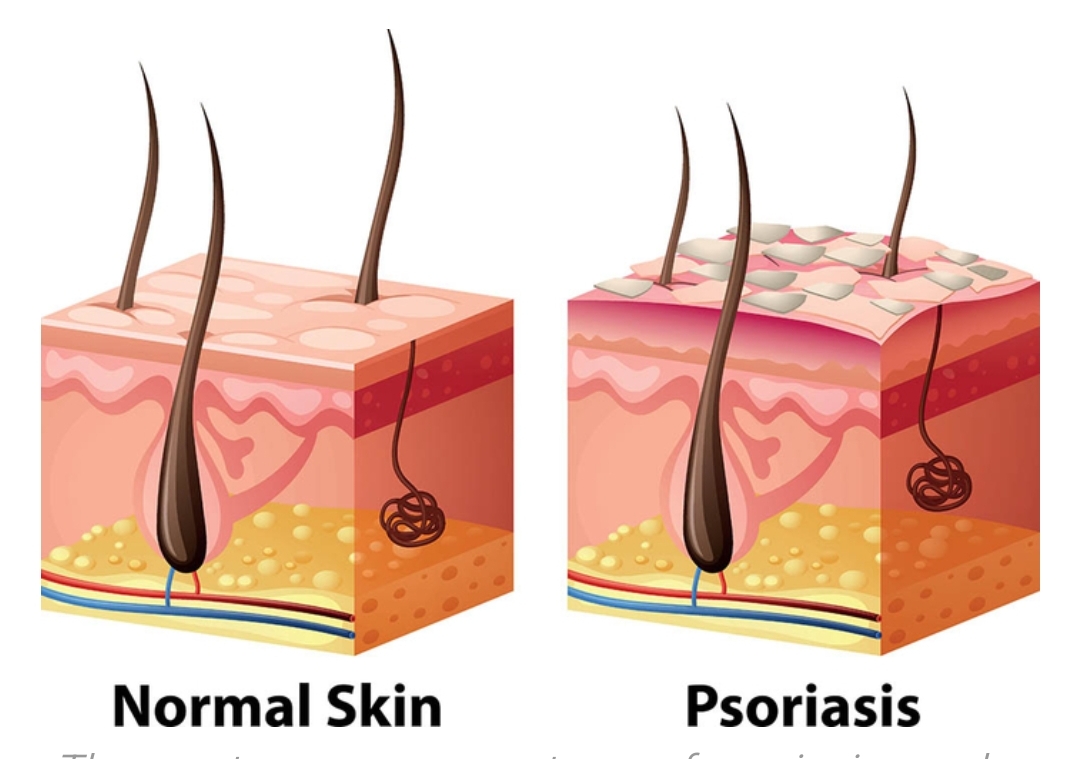
Psoriasis
What is Psoriasis ?
Psoriasis is a skin disease that causes a rash with itchy, scaly patches, most commonly on the knees, elbows, trunk and scalp.
Psoriasis is a common, long-term (chronic) disease with no cure. It can be painful, interfere with sleep and make it hard to concentrate. The condition tends to go through cycles, flaring for a few weeks or months, then subsiding for a while. Common triggers in people with a genetic predisposition to psoriasis include infections, cuts or burns, and certain medications.
Common signs and symptoms of Psoriasis
- A patchy rash that varies widely in how it looks from person to person, ranging from spots of dandruff-like scaling to major eruptions over much of the body
- Rashes that vary in color, tending to be shades of purple with gray scale on brown or Black skin and pink or red with silver scale on white skin
- Small scaling spots (commonly seen in children)
- Dry, cracked skin that may bleed
- Itching, burning or soreness
- Cyclic rashes that flare for a few weeks or months and then subside
Symptoms may vary from case to case. According to the national psoriasis foundation,
psoriasis variations percentage affected in the body are classified as follows –
- Mild psoriasis 3% of the body
- Moderate psoriasis 3-10% of the body
- Severe psoriasis more than 10% of the body
The majority of the people, 80%, have mild psoriasis, and 20% have moderate to severe psoriasis.
There are several types of psoriasis, each of which varies in its signs and symptoms:
- Plaque psoriasis. The most common type of psoriasis, plaque psoriasis causes dry, itchy, raised skin patches (plaques) covered with scales. There may be few or many. They usually appear on the elbows, knees, lower back and scalp. The patches vary in color, depending on skin color. The affected skin might heal with temporary changes in color (post inflammatory hyperpigmentation), particularly on brown or Black skin.
- Nail psoriasis. Psoriasis can affect fingernails and toenails, causing pitting, abnormal nail growth and discoloration. Psoriatic nails might loosen and separate from the nail bed (onycholysis). Severe disease may cause the nail to crumble.
- Guttate psoriasis. Guttate psoriasis primarily affects young adults and children. It's usually triggered by a bacterial infection such as strep throat. It's marked by small, drop-shaped, scaling spots on the trunk, arms or legs.
- Inverse psoriasis. Inverse psoriasis mainly affects the skin folds of the groin, buttocks and breasts. It causes smooth patches of inflamed skin that worsen with friction and sweating. Fungal infections may trigger this type of psoriasis.
- Pustular psoriasis. Pustular psoriasis, a rare type, causes clearly defined pus-filled blisters. It can occur in widespread patches or on small areas of the palms or soles.
- Erythrodermic psoriasis. The least common type of psoriasis, erythrodermic psoriasis can cover the entire body with a peeling rash that can itch or burn intensely. It can be short-lived (acute) or long-term (chronic).
Ayurveda treatment for Psoriasis
Since psoriasis is a severe skin condition, it requires medical intervention. Psoriasis is an inflammatory skin condition characterized by the appearance of bumpy red patches with large white scales. The disease is non-infectious and occurs when the Vata and Pitta Dosha is vitiated, leading to the accumulation of toxins in the Rakta (blood), Mamsa (muscles), Lasika (lymphatic) and rasa (plasma) dhatus.
Psoriasis treatment in Ayurveda emphasis Shodhana therapy. Depending on the predominant dosha, the treatments are decided. For example, if the disease is Bahu Dosha Janya (arose due to the three doshas), both Vamana and Virechana need to be done.
The ayurvedic treatment for psoriasis aims to remove the toxins from the blood & tissues and improve metabolism. Here are few psoriasis Ayurveda treatments:
-Snehana: in cases of psoriasis due to Vata predominance, oral administration of medicated ghee or oil is recommended. The consumption of ghee can vary from five to seven days.
-Vamana and Virechana: depending upon the vitiated dosha, the treatments are chosen. Kapha predominant cases are treated with Vamana, and to remove the excess pitta from the body, Virechana helps. After the Samshodhana therapy, Lepanam is applied over the patches.
-Raktamokshana: the bloodletting therapy helps to remove the vitiated blood from the body and cleanses the circulatory system.
-Vasti: medicated enemas are administered as per the condition. Medicines are prepared from special herbs that help to alleviate the Twak Dosha and cure the disease.
-Takradhara: Takradhara is a treatment that involves continuous dripping of buttermilk over the forehead. It helps to calm down and reduce the pitta vitiation in the body.
At Gayatri's heritage Ayurveda , Nadi Parkisha and Prakriti Pariksha of each Patient is done and external treatment and Internal medications are advised accordingly for effective and quick management of disorders.
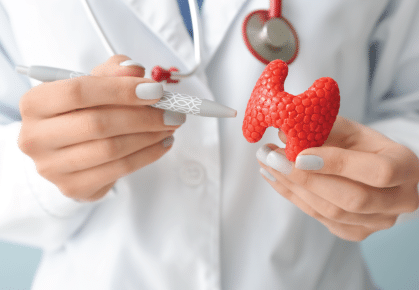
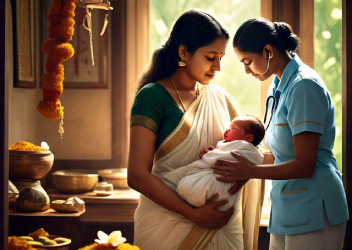

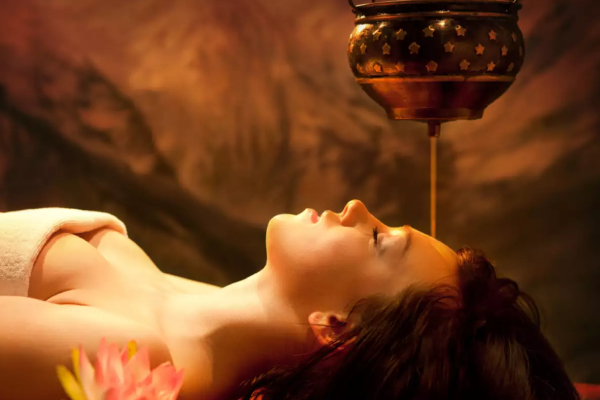
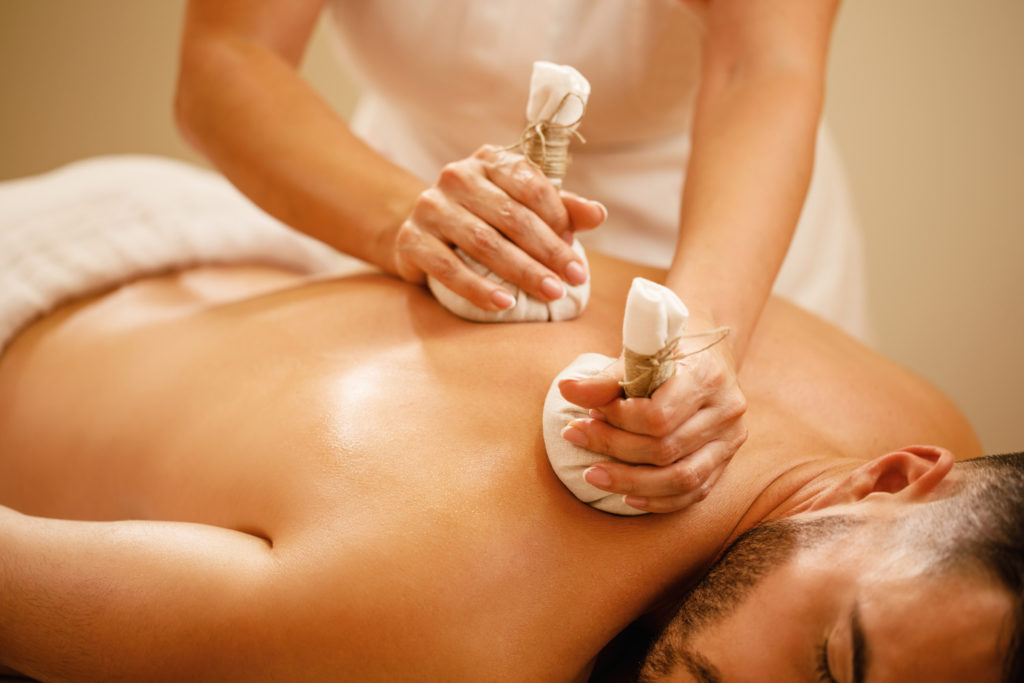
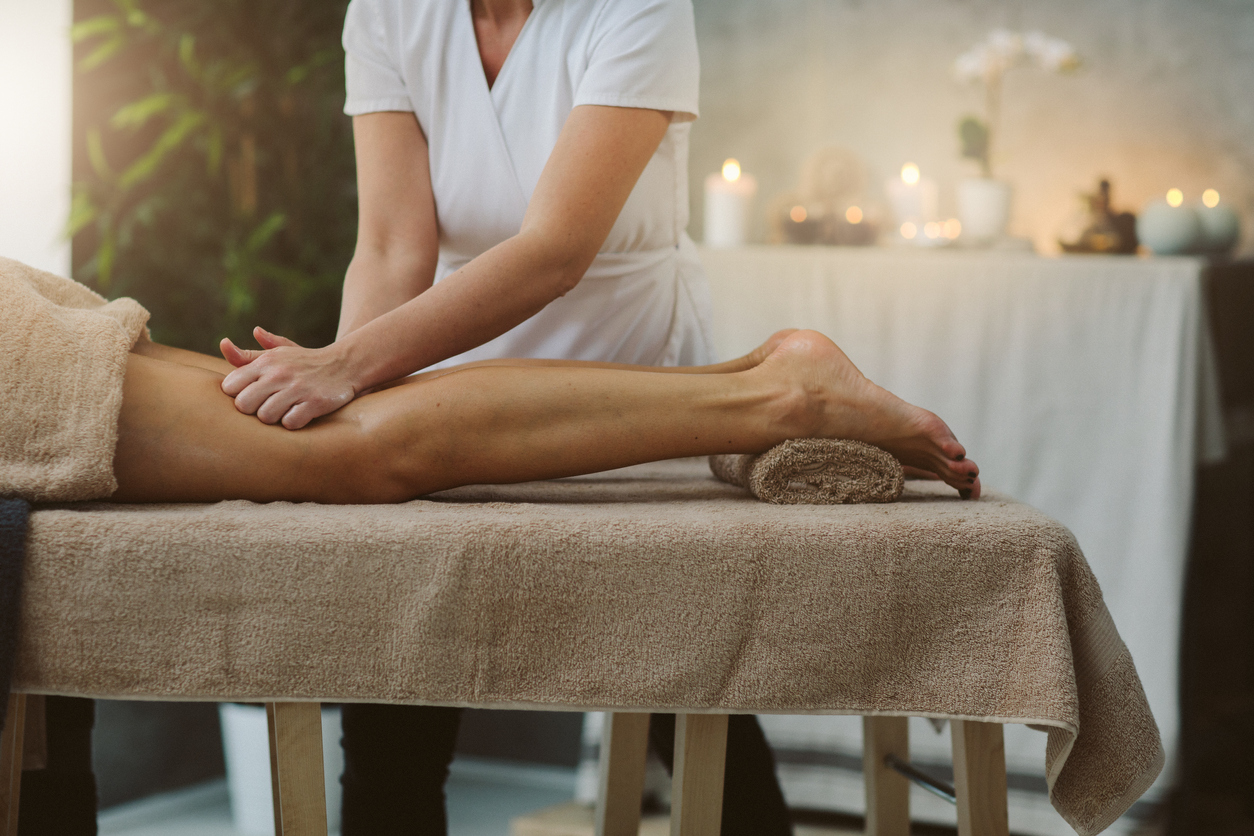


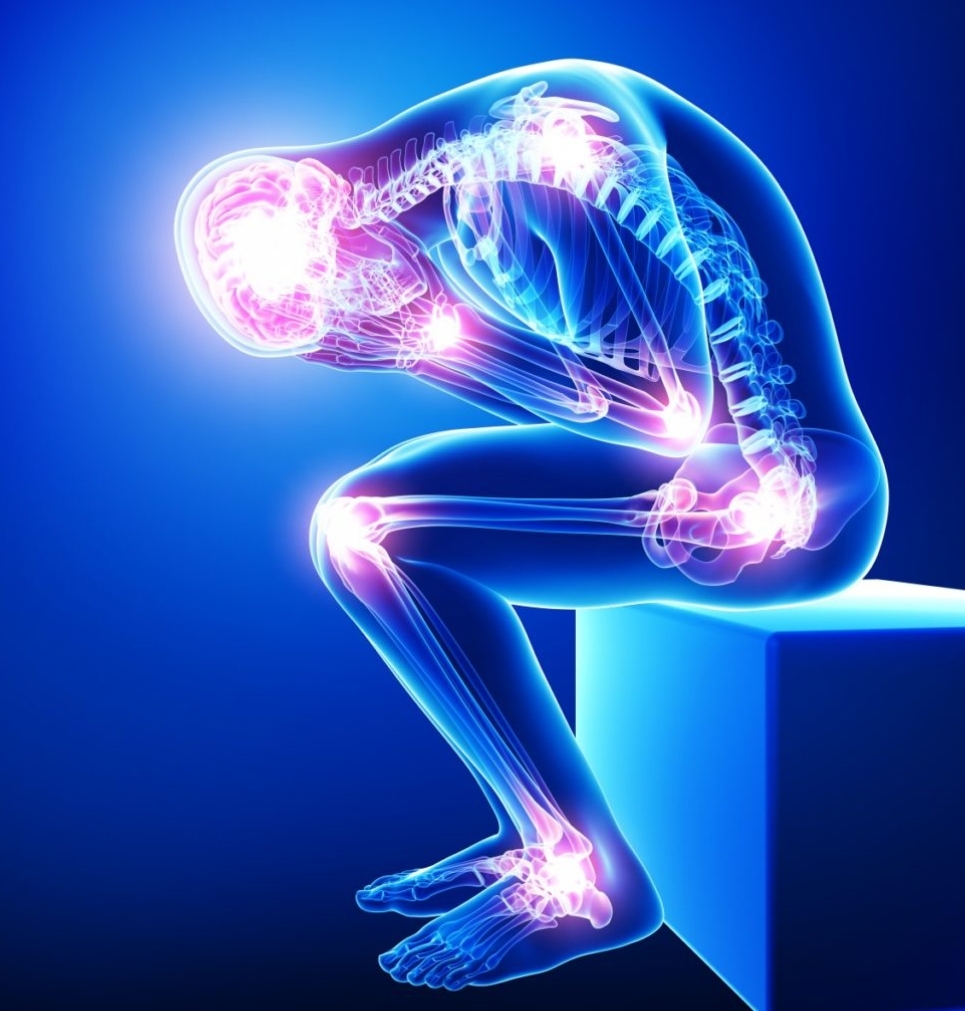
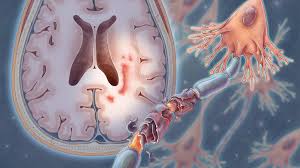
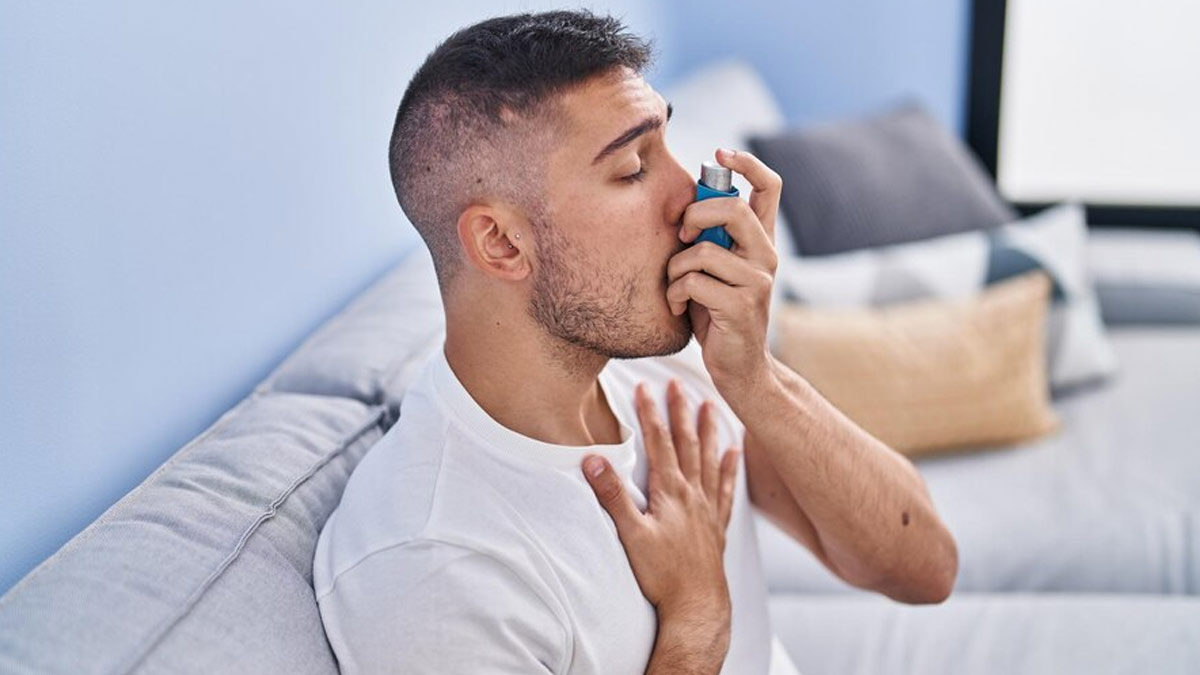
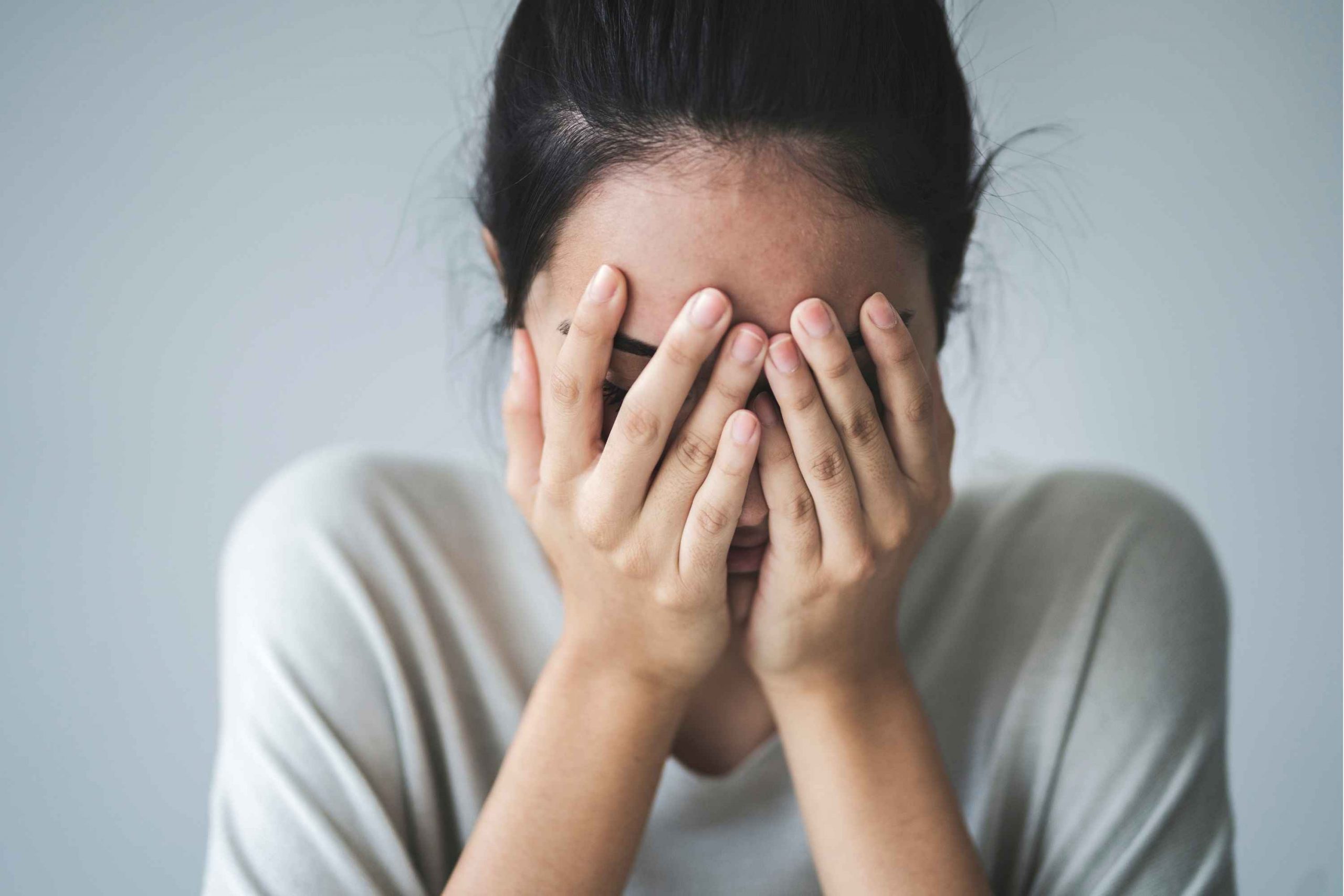
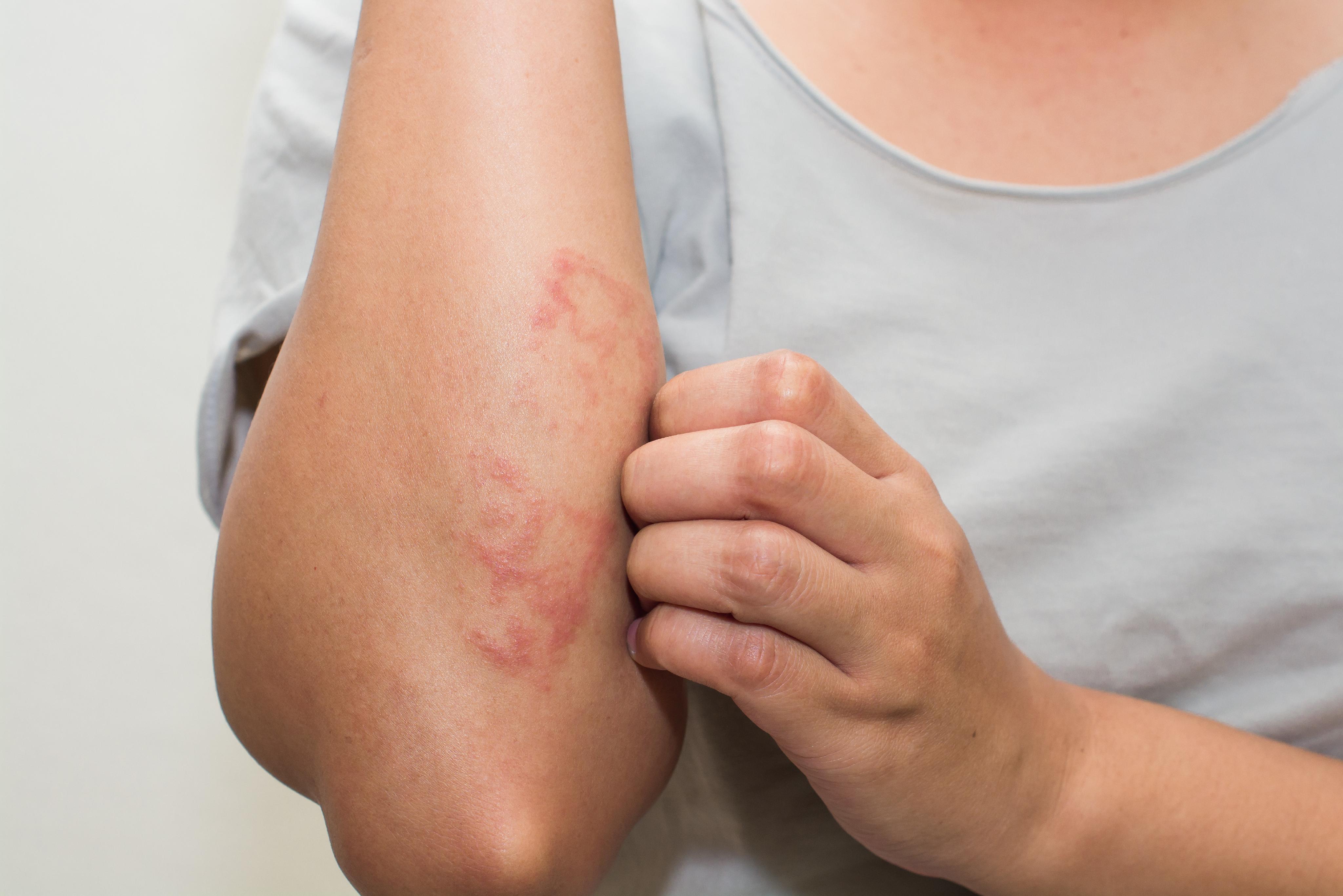
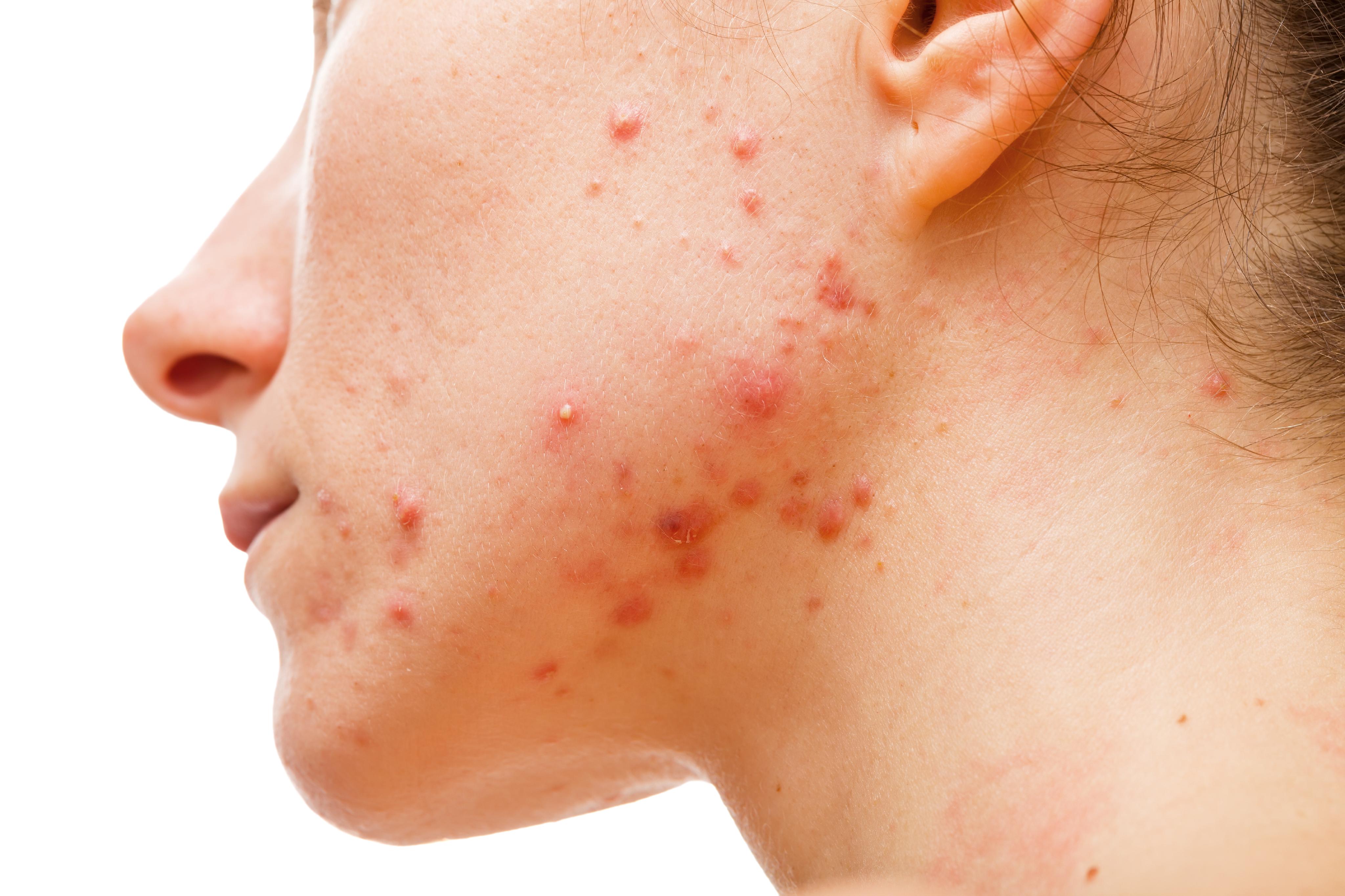
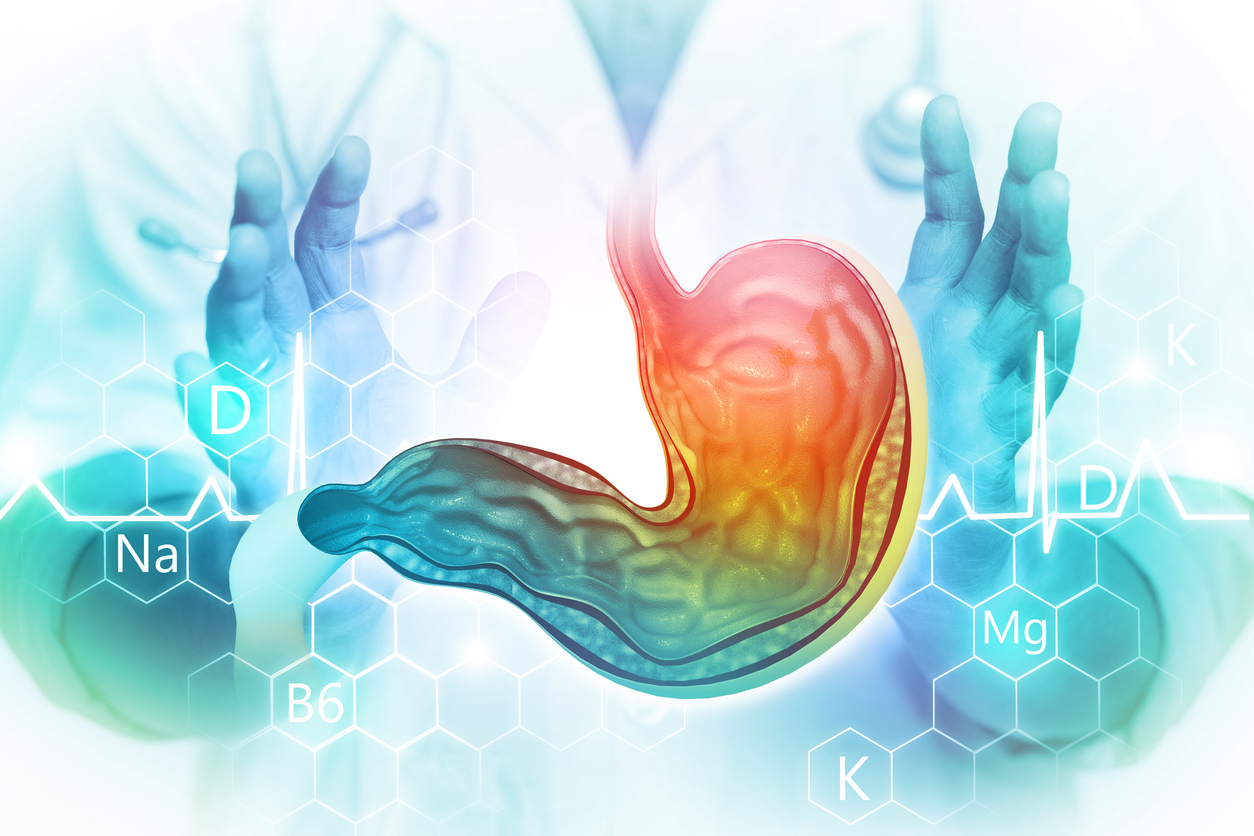
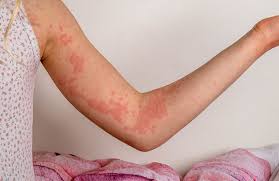
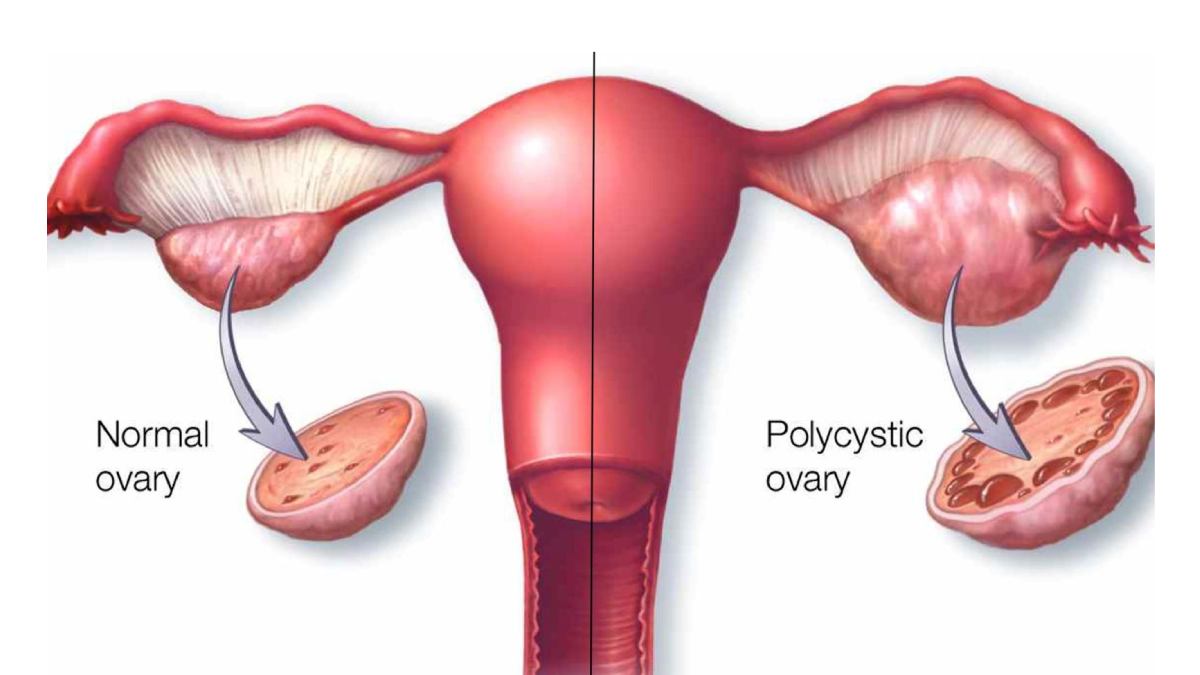
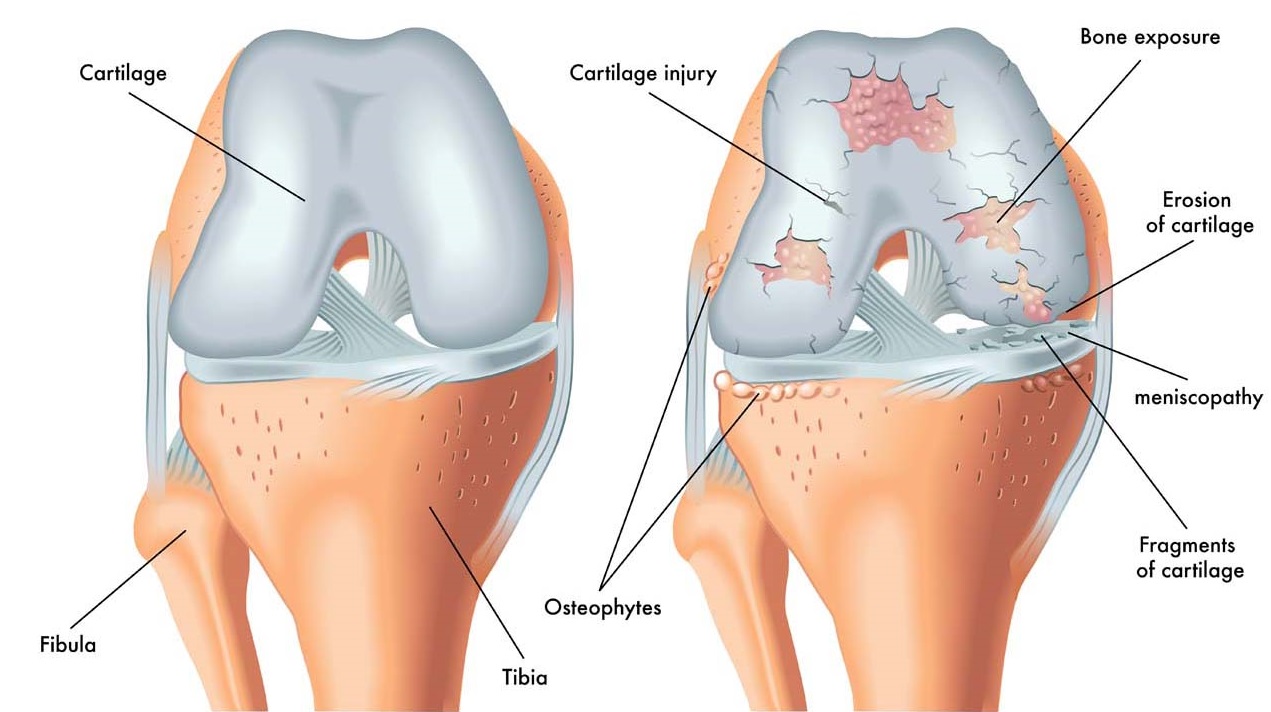
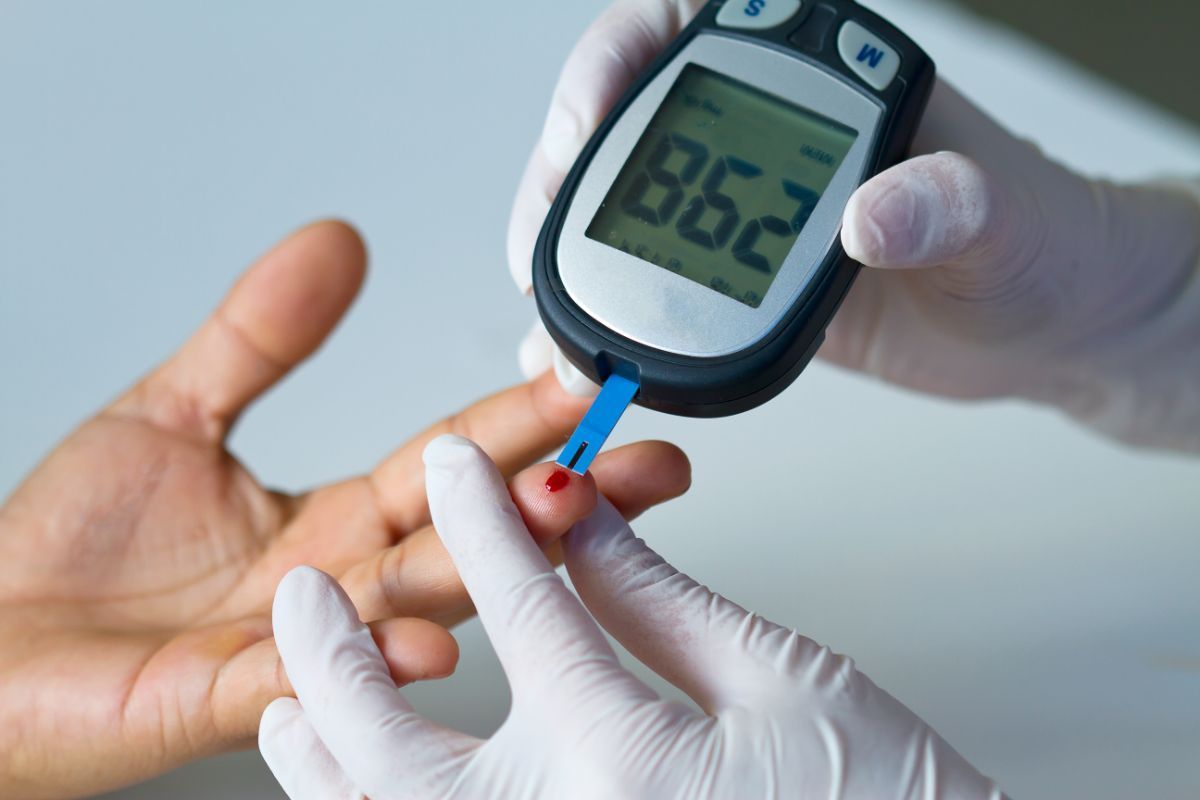
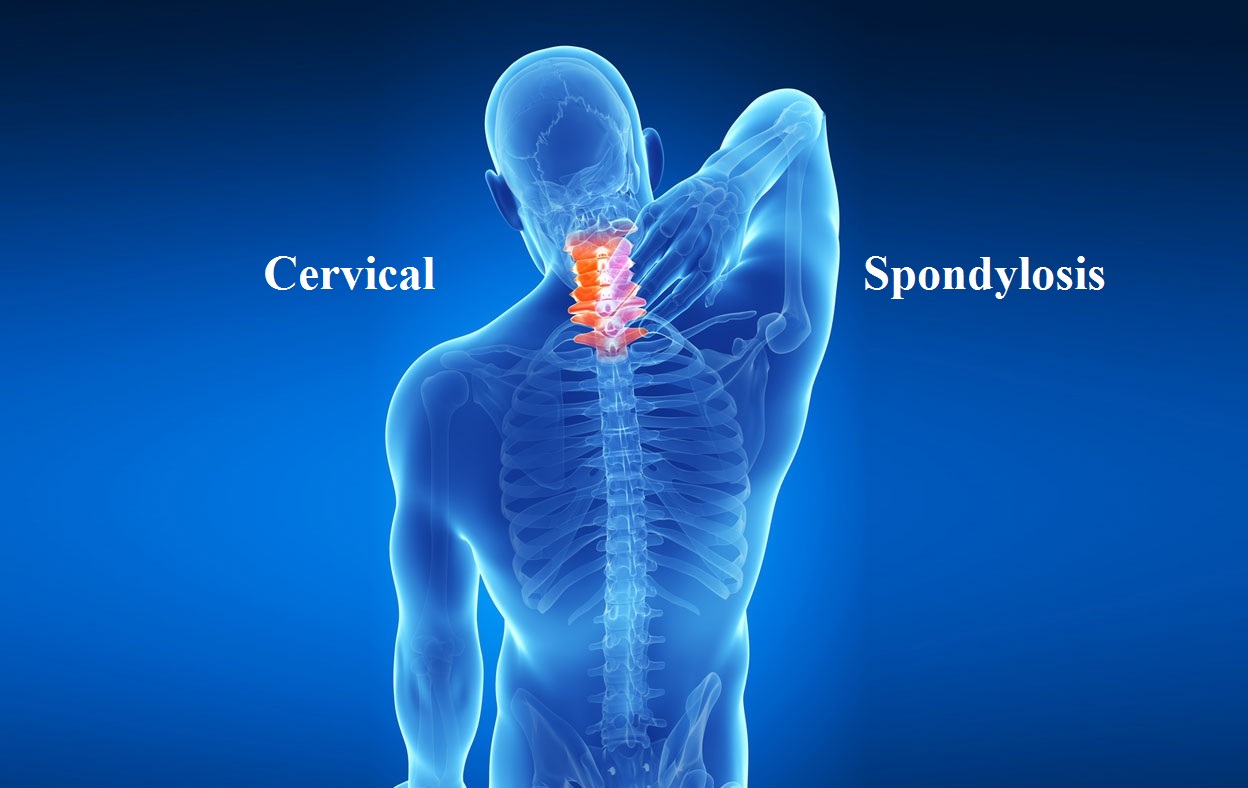
.jpg)
